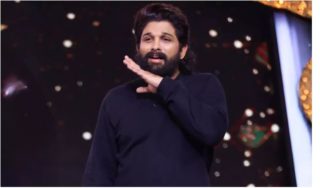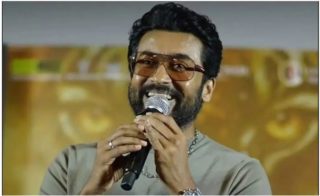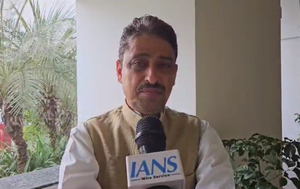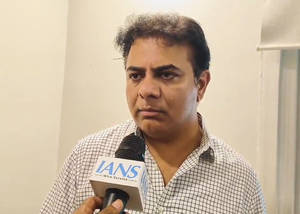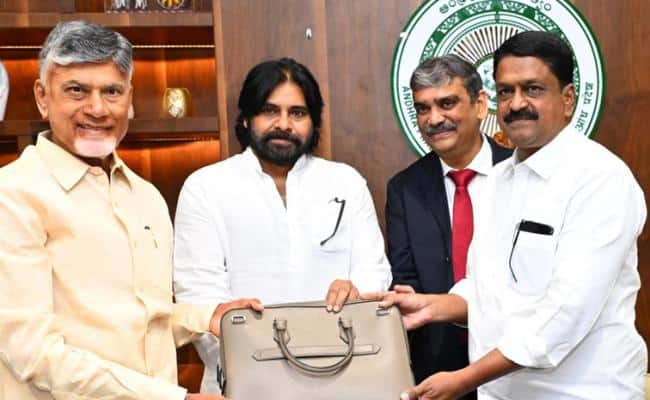It was a gorgeous fall day in Brooklyn, and Keira Cannon was holding one of the weekend photo shoots she does with her favourite subject: her five-year-old son, Princeton. A happy-seeming little boy, Princeton played with his scooter, balanced on the curb and twirled in endless circles but only had so much tolerance for the professional photographer whom Ms. Cannon, 38 and a pastry chef, had hired to populate his Instagram feed, Prince and the Baker, which has more than 5,600 followers. When the photographer attempted to coax him to pose for one more shot with the Brooklyn Bridge behind him, he gave her a polite, “No thanks.”
Once the half-hour shoot was over, Ms. Cannon posted multiple photos of Princeton in the outfit on the Instagram feed, tagging the Canadian online shop, the Mini Life, that had provided it, and the brands included. In return, she would get a shopping discount and keep the clothing, worth about $350. During busy seasons, she receives such packages weekly. Depending on the brand, Ms. Cannon will sometimes earn a payment of $50 to $100 per post, she said, adding that L’Officiel Enfant, a showroom in midtown Manhattan, once paid her $250 for a look-book shoot. Typically, Princeton is happy to be in the spotlight. The entertainment industry has long been populated with (some may say built by) stage mothers like Rose Hovick, Jaid Barrymore, Teri Shields, Dina Lohan and reigning “momager” Kris Jenner. But Instagram, which Pew Research says is the fastest growing major social network among adults in the U.S., has become an express track for parents interested in sharing and sometimes capitalising on the visual story line of their children’s lives.
Other than a few recommendations about proper tagging, endorsement deals resulting from such activity largely lie outside the protective scope of the U.S. Federal Trade Commission, said Susan Scafidi, academic director of the Fashion Law Institute at Fordham University. “While the modelling industry isn’t perfect by any means, it is at least, at the level of children, regulated to some extent,” she said. Regardless of how their time and money are being handled, the amateur child models of Instagram are already more famous on the Internet than most of your co-workers. There are four-year-old London Scout, with 105,000 followers; two-year-old Millie-Belle Diamond, with 143,000; four-year-old Michelle (154,000); Gavin (200,000); and the Mini Style Hacker (260,000). Then there’s the prince of Instagram: Alonso Mateo, with more than 600,000 followers. He recently attended the Dior show at Paris Fashion Week.
Princeton’s dad, Sai Roberts, 40, a graphic designer, has more modest aspirations. “His mom and I have reviewed some of the other Instagram kids who have a lot of followers, and so there are some concerns in the sense that if it was to get out of hand, but so far it’s really been a positive experience,” he said. And marketers are also taking an interest. Athena Rotolo, who owns the Mini Life website, said she was pleased with the transactions she has struck with Ms. Cannon.“She requests certain items that fit in for the style of the shoot, and then I send them off to her,” Ms. Rotolo said. “So instead of me having to hire someone and pay all those fees, it’s a mutual relationship.”Ginger Clark, a psychologist and Professor of Clinical Education at the University of Southern California, compared parent-run Instagram feeds to the pageant world. “Not every kid is going to have this experience, but it runs the risk of giving the child the sense that they are a commodity in your eyes,” she said. “You have to be extra careful to make sure the messages you’re giving your child are ‘This is for fun, this is dress-up.’ But when you’re hiring your own photographer, then it becomes more commercialised.”
Recent Random Post:

